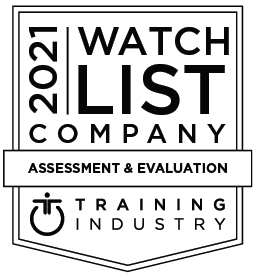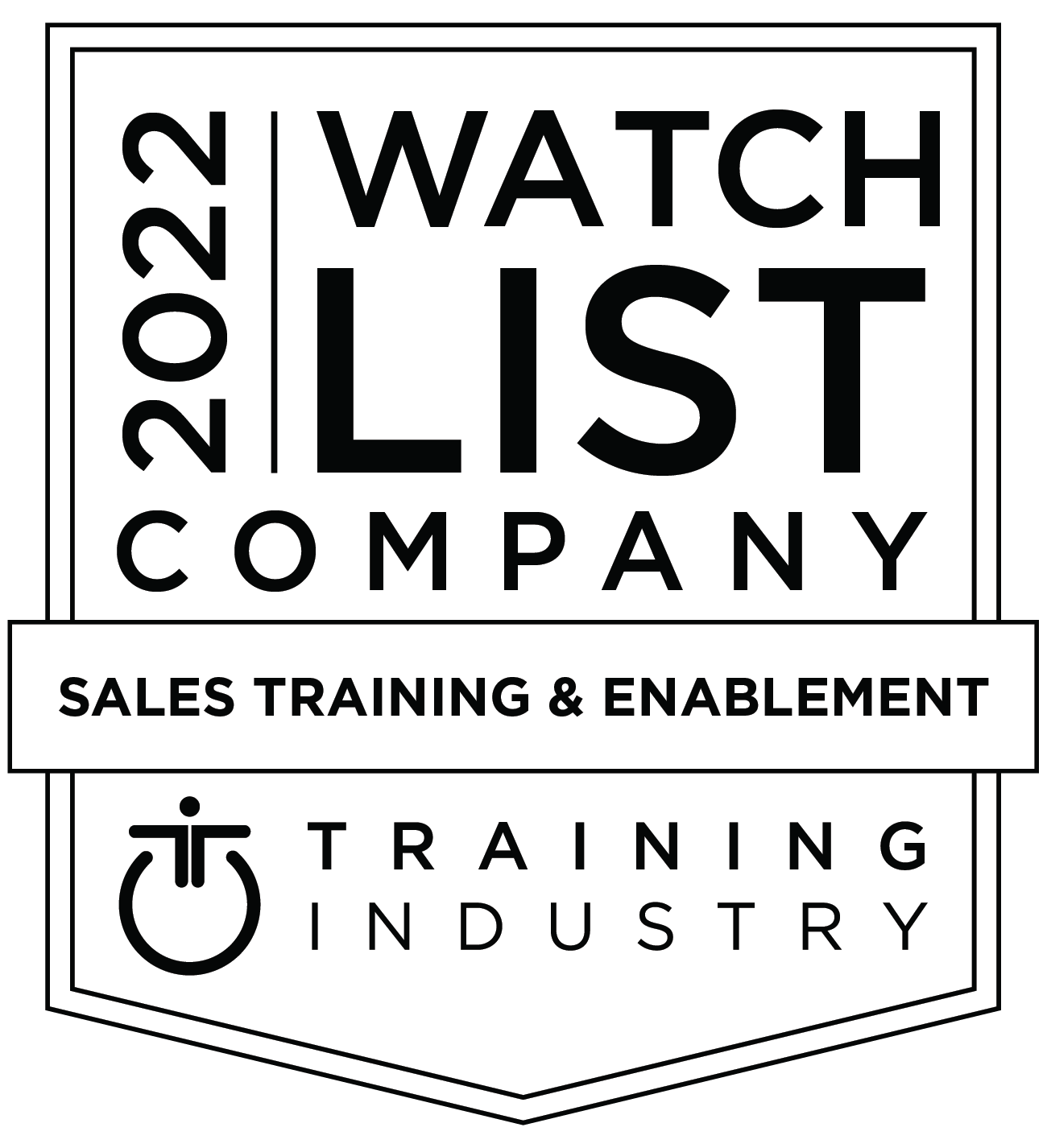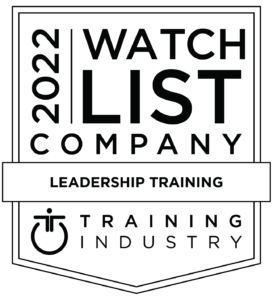I was standing in the back of a cavernous hotel ballroom in Las Vegas watching a C-Level technology executive completely own the room, while presenting to several thousand people at his firm’s annual user meeting.
You could feel the energy rise when he left the stage to move amongst the audience. His stories soared. His jokes got loud laughs. His slides were the perfect backdrop for the show he was putting on.
In that moment, that executive truly was a corporate rock star.
“But, I could never be a presentation rock star.” A member of the executive’s team, who was standing next to me in back of the ballroom, shook her head and whispered to me: “I could never present like that.” She looked puzzled when I whispered back: “Most people don’t need to be able to present like that. I’ll explain over lunch.” The fact that I’d been the one to coach the on-stage executive for this event only added to her confusion.
The reality is that most business presentations take place in conference rooms, multi-purpose rooms, training rooms, offices, and other meeting spaces. Audience size is usually relatively small — often just 5 to 10 people.
But that doesn’t mean the stakes of these “everyday” presentations are low. Nor does it imply that these business presentations can’t have a big impact on a presenter’s short- and long-term career success. And, it certainly doesn’t mean that the people making these presentations don’t experience stress and anxiety.
You may not need to be a rock star, but you do need to be credible. Your odds of delivering successful everyday presentations go up significantly when you invest the time and energy required to become a credible presenter.
But, just getting this process started can be a bit daunting. Search for “presentation skills” on Amazon.com and you’ll find a multitude of books by expert authors crammed with hundreds of tips and techniques about the art and science of presenting. Many people, especially those relatively new in their careers, find this to be confusing, contradictory, and overwhelming. It doesn’t have to be that way.
In my 15 years in the presentation field, I’ve observed that there are three “must do” things that every credible presenter does well:
1. They put their ideas, recommendations, and updates into clear, concise messages that resonate and communicate relevant value to their audience.
2. They deliver their messages with easy-to-listen-to, authentic conviction that inspires their audience to trust and have confidence in what they are saying.
3. They effectively support and (when necessary) defend their message in the face of tough questions, without withering, getting overly defensive, or alienating their audience.
Credible presenters outperform their peers.Because credible presenters are more likely to be heard above the noise and competing priorities in their organization, the odds of their ideas and projects succeeding are higher than the norm.
And, the same skills they learned in order to become credible presenters also make them better overall communicators — verbally and in writing. Have you ever noticed that good communicators also tend to be very good collaborators? It’s easy to see why employees with these skills become invaluable to their organizations and are viewed as high potential employees.
So, the next time you see a rock star business presenter in action, remember that he or she first had to learn how to become a credible presenter. Maybe you should, too (if you haven’t already).
Stay tuned for an exciting announcement later this month!
Mandel Communications will be launching a brand new program: The Credible Presenter.
Can’t wait until then? Contact us today to learn more about this new training program and what it can do for your organization.










